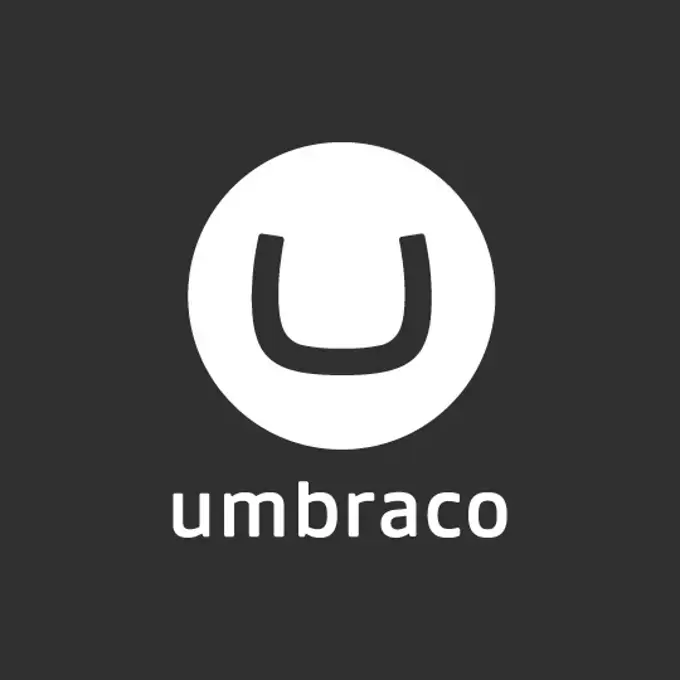Using Episerver Forms to Provide Value to Your Website Visitors
Chris Osterhout SVP of Strategy#Digital Marketing, #Episerver, #Inbound Marketing

We look at the robust capabilities that Episerver provides for capturing lead information using web forms.
Here on the Diagram blog, we’ve written a great deal about how the Episerver CMS platform can solve an organization’s complex digital strategy needs, including the implementation of e-commerce, website hosting requirements, and content personalization. In today’s online ecosystem, much of this pertains to enterprise-level clientele that have more complex needs and budgets that incorporate a number of different systems.
But what about companies that are smaller in nature, with less complex digital strategy needs? These organizations can still find a great value in the Episerver platform, utilizing its tools to provide a contextualized experience without the need to integrate external systems.
Marketing automation provides a great deal of valuable, actionable information about how people interact with an organization online, but for companies who are not yet ready to take the plunge and begin using a marketing automation platform (MAP), Episerver provides some native functionality that can help them get started providing value to their users, specifically by using web forms.
Episerver recently released a new suite of web form tools within their core product offering, and these tools provide a great deal of flexibility for website editors. The exciting thing about this capability is that Episerver realizes that not all web forms are created equal, so editors are not forced to conform to any specific templates. Instead, each field in a particular form is treated the same as an individual content block, and they can be easily dragged, dropped, reordered, and configured.
Creating these forms is simple and intuitive, but when combining them with Episerver’s visitor groups, site editors are able to personalize what data forms collect from visitors based on where they are in the buyer’s journey. Different fields can be exposed based on whether a visitor has looked at certain pages, the number of times they have visited the site, whether they have previously filled out a form or downloaded a file, their physical location, and any number of other factors.
For site owners who are not yet ready to implement marketing automation, Episerver’s forms provide a great deal of value, allowing them to personalize the experience, making forms flow more smoothly for visitors by not asking for information that they have already submitted, and making it easy to convert visitors into customers.
If you’re interested in using Episerver to implement these robust form capabilities or want to know more about how to create this type of personalization, please contact us. We look forward to helping you create a great experience for your site visitors!
Related Posts
Headless vs. Hybrid CMS: A Guide for Organizations
Compare headless vs. hybrid CMS to make the best choice for your organization's content management.

What is Umbraco CMS?
Migrating your content management system? Why not consider Umbraco? Learn about this .NET CMS, pricing and why it's the right choice for your organization.
Results Matter.
We design creative digital solutions that grow your business, strengthen your brand and engage your audience. Our team blends creativity with insights, analytics and technology to deliver beauty, function, accessibility and most of all, ROI. Do you have a project you want to discuss?
Like what you read?
Subscribe to our blog "Diagram Views" for the latest trends in web design, inbound marketing and mobile strategy.
